Summary
The area is home to an abundance of fish species, including rainbow trout, brown trout, tiger trout, and brook trout. The lakes are surrounded by scenic mountain views and offer a variety of nearby activities, including hiking, camping, and wildlife watching.
When fishing at Fairview Lakes, anglers should focus on using bait or lures that mimic the natural food sources of the fish species they are targeting. Fly fishing is also a popular technique, especially for catching trout.
The best time of year to visit Fairview Lakes for fishing is from late spring to early fall, with the peak season being in July and August. During this time, the average temperature ranges from 70 to 80 degrees Fahrenheit. Anglers should note that the lakes can become crowded during peak season, so it is recommended to arrive early in the day or fish during the weekdays to avoid the crowds.
Overall, Fairview Lakes offers a great fishing experience for anglers of all skill levels. With its beautiful scenery and variety of fish species, it is a must-visit destination for any fishing enthusiast.
Weather Forecast
Nearby Streamflow Levels
Angling Safety Guidelines
Check local fishing rules, seasons, size limits, and license requirements to ensure legal and sustainable angling.
Handle Fish Responsibly
Use wet hands, minimize air exposure, and release fish gently to improve survival rates when practicing catch-and-release.
Choose the Right Gear
Match your rod, line, and tackle to the species and conditions to increase success and reduce unnecessary harm to fish.
Respect the Waterway
Avoid disturbing habitat, prevent bank erosion, and keep a safe distance from spawning areas to protect ecosystems.
Keep It Clean
Pack out all line, hooks, bait containers, and trash—discarded gear can injure wildlife and degrade waterways.
Related Links
Area Campgrounds
| Location | Reservations | Toilets |
|---|---|---|
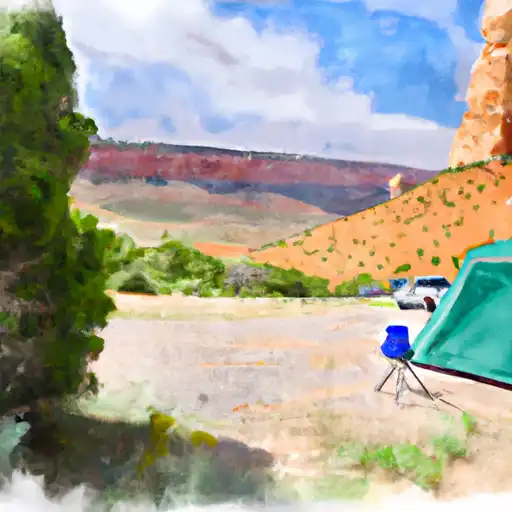 Flat Canyon
Flat Canyon
|
||
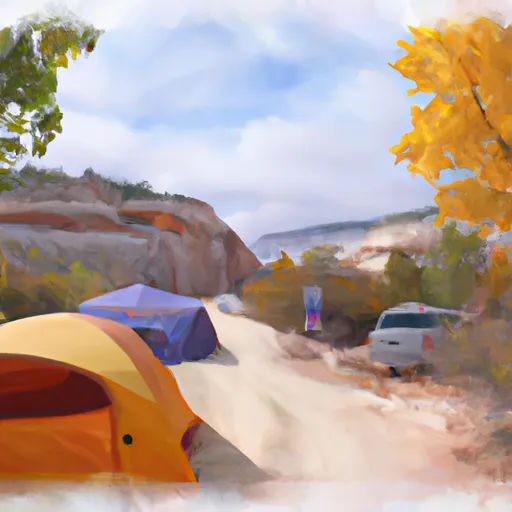 Flat Canyon Campground
Flat Canyon Campground
|
||
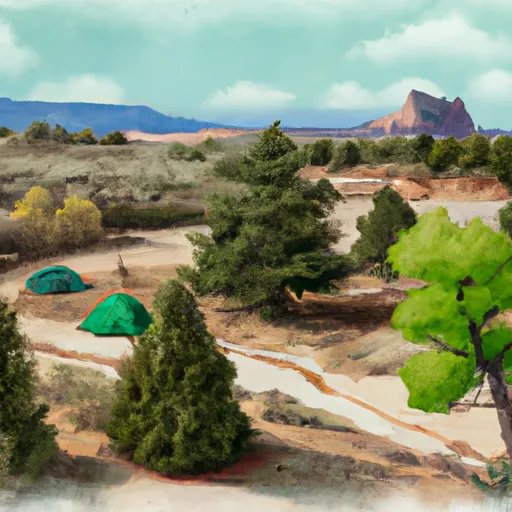 Gooseberry
Gooseberry
|
||
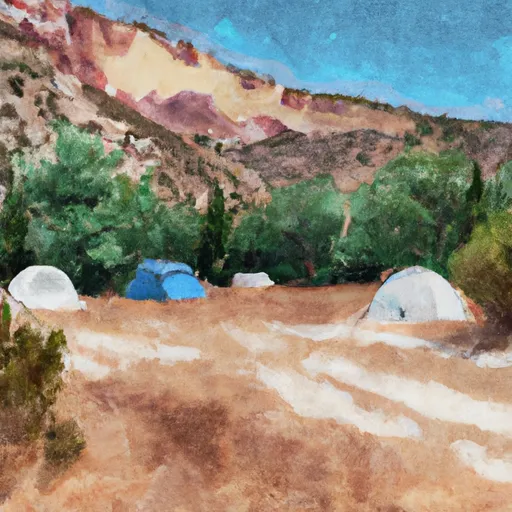 Gooseberry Campground
Gooseberry Campground
|
||
 Mammoth Cabin
Mammoth Cabin
|
||
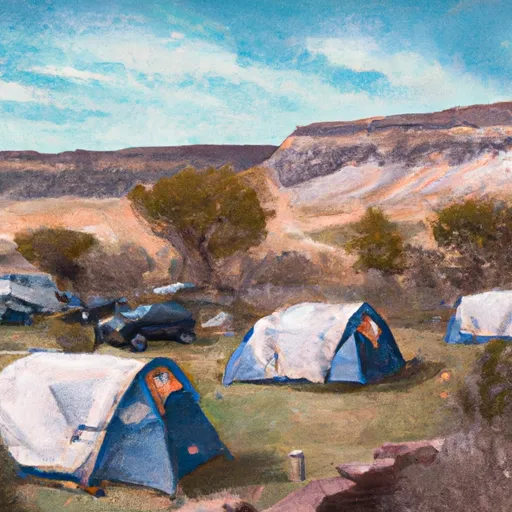 Mammoth Dwelling
Mammoth Dwelling
|

 Fairview Lakes Observation Site
Fairview Lakes Observation Site
 Beaver Dam Reservoir Fishing Site
Beaver Dam Reservoir Fishing Site
 Boulger Reservoir Fishing Site
Boulger Reservoir Fishing Site
 Huntington Reservoir
Huntington Reservoir
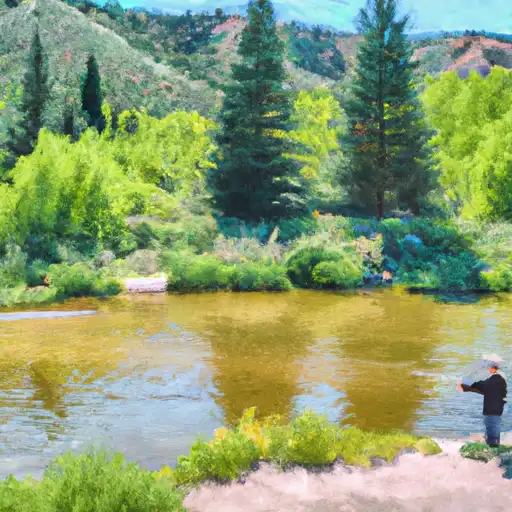 Upper Huntington Creek
Upper Huntington Creek
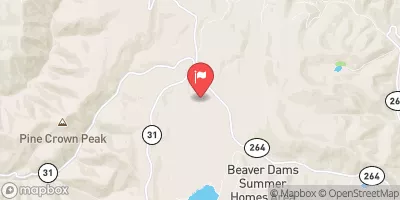




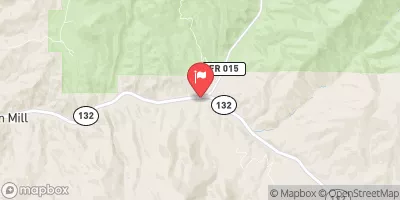
 Fairview Lake
Fairview Lake